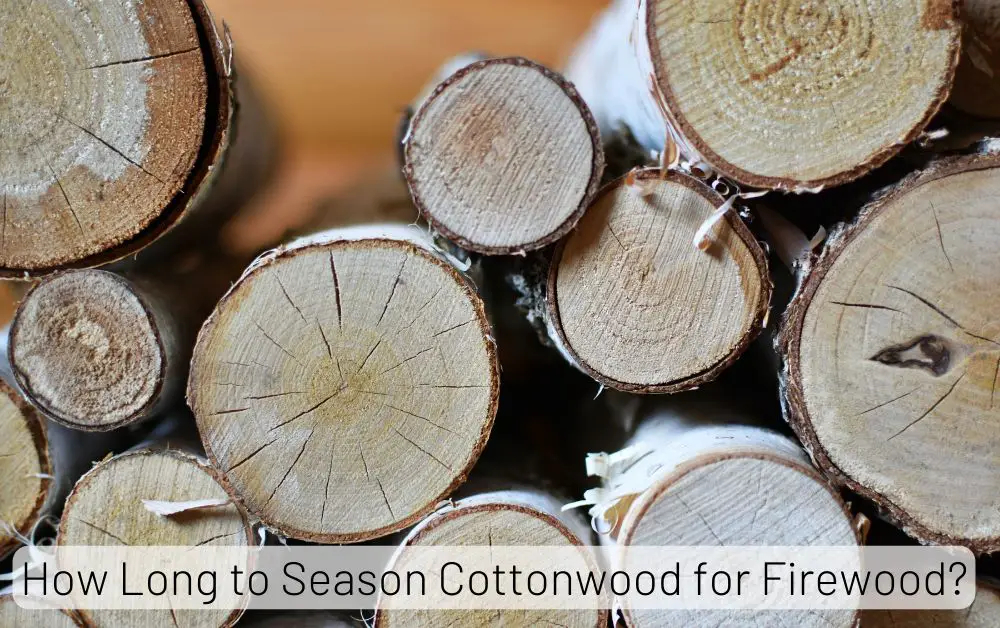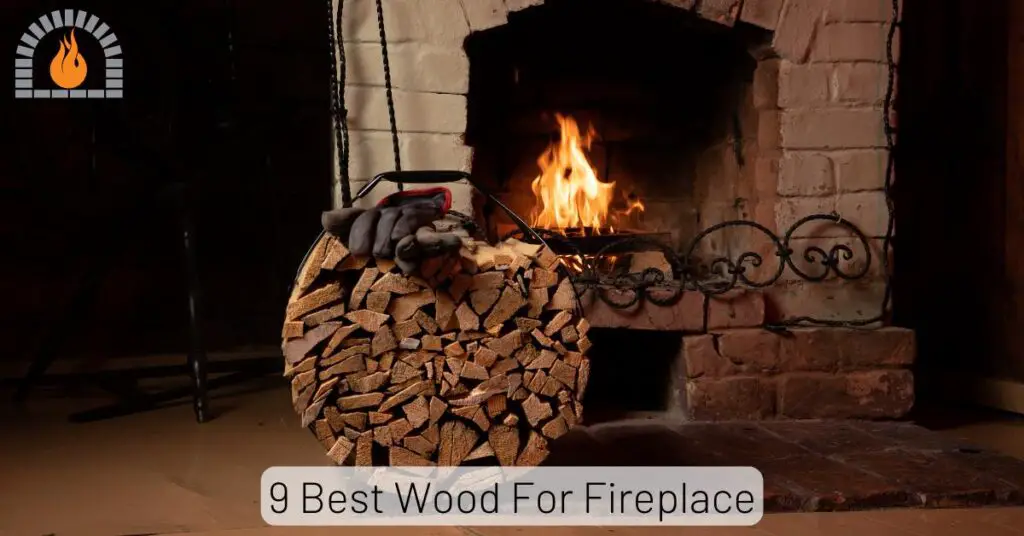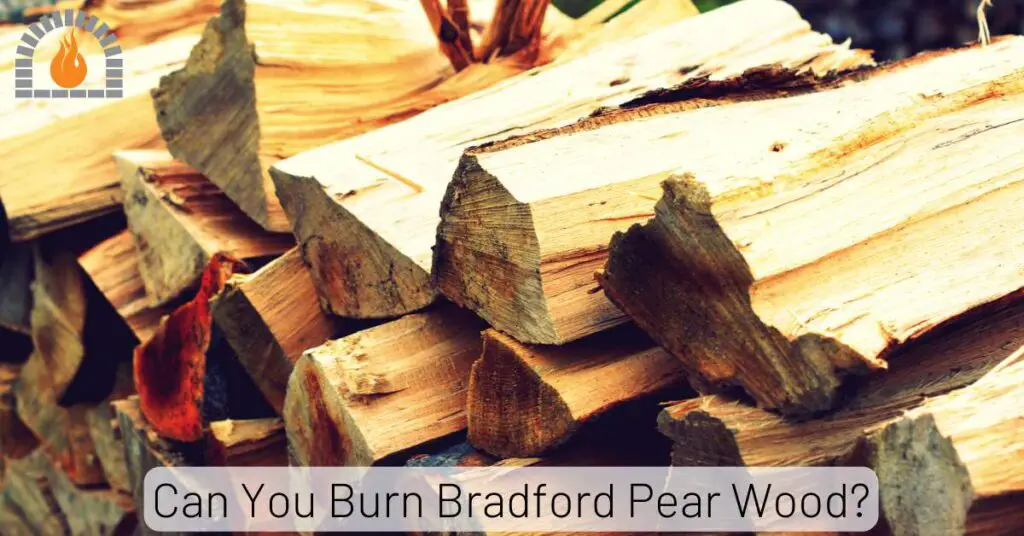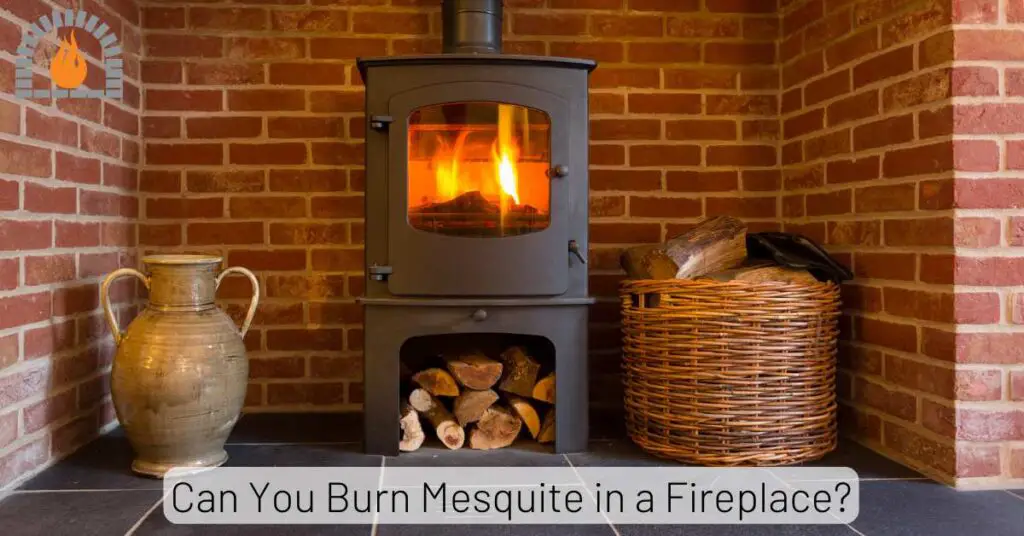When it comes to choosing the best firewood for your home heating needs, the debate between kiln dried firewood vs seasoned options is at the forefront. Kiln-dried firewood undergoes a controlled drying process in industrial kilns, reducing moisture content to below 20% in just a few days, while seasoned firewood is naturally air-dried over six months to two years.
The primary difference lies in the drying method, which affects moisture content, heat output, burning efficiency, and overall performance in your fireplace or wood stove. Understanding these distinctions is crucial for making an informed decision that impacts your heating experience, budget, and environmental footprint.
Key Takeaways
- Kiln-dried firewood achieves optimal moisture content (below 20%) in days rather than months
- Seasoned firewood costs less but requires longer preparation time and proper storage
- Kiln-dried wood produces more heat per cord due to lower moisture content
- Both options can be eco-friendly when sourced from sustainable forestry practices
- Your choice should depend on budget, immediate needs, and heating appliance type
Firewood Drying Processes: Kiln Dried vs Seasoned
Freshly cut or “green” wood can contain up to 60% moisture content, making it inefficient for burning. For optimal combustion, firewood needs to reach a moisture content below 20%. This is because water in wood must evaporate before the wood can burn, consuming energy that could otherwise heat your home.
The drying process fundamentally changes the wood’s cellular structure. As moisture evaporates, the wood becomes lighter, harder, and more energy-dense. Whether through kiln-drying or seasoning, the goal remains the same: remove excess water to create efficient, clean-burning fuel.
Kiln-Dried Firewood: The Modern Approach
Kiln-dried firewood is processed in large industrial kilns that control temperature, humidity, and airflow. These specialized chambers circulate heated air around the wood, forcing moisture out at an accelerated rate.
The kiln-drying process typically involves:
- Loading wood into the kiln chamber
- Gradually increasing temperature (usually to 160-220°F)
- Controlling humidity levels to optimize moisture removal
- Monitoring moisture content until it reaches the target level (usually 15-20%)
- Cooling the wood before packaging and distribution
This controlled environment allows producers to achieve consistent results regardless of weather conditions, making kiln-dried firewood available year-round.
Seasoned Firewood: The Traditional Method
Seasoned firewood relies on natural air circulation and time to reduce moisture content. This traditional method has been used for centuries and involves:
- Cutting wood to desired length
- Splitting logs to increase surface area
- Stacking wood in a location with good air circulation
- Protecting from rain while allowing airflow
- Waiting 6 months to 2 years for adequate drying
The seasoning process depends heavily on environmental factors like temperature, humidity, and airflow. Wood species also affect drying time, with dense hardwoods like oak requiring longer seasoning periods than softer woods like pine.
Kiln Dried Firewood vs Seasoned
Measuring Moisture Content
Moisture content is the most significant factor affecting firewood performance. It’s typically measured as a percentage of the wood’s weight that consists of water. A moisture meter is the most reliable tool for determining if firewood is ready to burn.
| Firewood Type | Typical Moisture Content | Drying Time | Consistency |
|---|---|---|---|
| Kiln-Dried | 10-20% | 1-3 days | Highly consistent |
| Seasoned | 15-25% | 6-24 months | Variable |
| Green Wood | 40-60% | N/A | Not suitable for burning |
Impact of Moisture on Burning Efficiency
Lower moisture content directly translates to better burning performance. Wood with 20% moisture content produces approximately 50% more usable heat than wood with 40% moisture content.
Firewood efficiency is measured in BTUs (British Thermal Units) per cord. A cord of kiln-dried oak might produce 26-30 million BTUs, while the same wood with higher moisture content might only yield 15-20 million BTUs.
Heat Output and Efficiency Analysis
Kiln-Dried Firewood Performance
Kiln-dried firewood offers several performance advantages:
- Immediate High Heat Output: With minimal moisture to evaporate, kiln-dried wood produces heat almost immediately upon lighting.
- Consistent Burning: The uniform moisture content ensures predictable burning patterns.
- Reduced Creosote Buildup: Lower moisture means less smoke and reduced creosote formation in chimneys.
- Easier Ignition: The dry wood catches fire more readily, requiring less kindling.
Seasoned Firewood Performance
Seasoned firewood, when properly prepared, also delivers excellent performance:
- Sustained Heat: The slightly higher moisture content can result in longer, more gradual heat release.
- Aromatic Experience: Some users prefer the subtle aromas released by well-seasoned wood.
- Traditional Ambiance: Many enthusiasts appreciate the crackling and visual effects of seasoned wood.
| Performance Factor | Kiln-Dried Firewood | Seasoned Firewood |
|---|---|---|
| Heat Output | Higher initial heat | Sustained heat release |
| Ignition Speed | Faster | Moderate |
| Burn Time | Shorter, more intense | Longer, more gradual |
| Smoke Production | Minimal | Low to moderate |
| Creosote Formation | Minimal | Low (if properly seasoned) |
Cost Analysis: Upfront Expense vs. Long-Term Value
Initial Purchase Price
Kiln-dried firewood typically costs 20-50% more than seasoned firewood due to the energy-intensive processing and specialized equipment required. Prices vary by region, but in the United States:
- Kiln-dried firewood: $350-$600 per cord
- Seasoned firewood: $250-$450 per cord
Value Considerations
When evaluating cost, consider the value beyond the initial price:
- Energy Efficiency: Kiln-dried wood produces more heat per piece, potentially requiring less wood to achieve the same warmth.
- Storage Space: Higher efficiency means you may need to store less wood.
- Convenience Factor: Kiln-dried wood is ready to burn immediately, eliminating the need for long-term storage planning.
- Waste Reduction: Seasoned wood that hasn’t dried properly may be unusable, effectively increasing its cost.
Environmental Impact: Sustainability Considerations
Carbon Footprint Analysis
The environmental impact of firewood depends on several factors:
- Sourcing: Both kiln-dried and seasoned firewood can be environmentally friendly when sourced from sustainably managed forests.
- Processing Energy: Kiln-drying requires energy to operate the kilns, though modern facilities often use wood waste as fuel.
- Transportation: The lighter weight of kiln-dried wood can reduce transportation emissions per unit of heat produced.
- Combustion Efficiency: Lower moisture content means more complete combustion, reducing particulate emissions.
According to the Environmental Protection Agency, burning properly dried wood (whether kiln-dried or seasoned) produces significantly fewer pollutants than burning green wood.
Sustainable Forestry Practices
When selecting firewood, consider suppliers who practice sustainable forestry:
- Replanting harvested areas
- Maintaining biodiversity
- Minimizing soil disturbance
- Protecting water quality
- Respecting wildlife habitats
Both kiln-dried and seasoned firewood can be eco-friendly choices when sourced responsibly.
Storage and Handling Considerations
Kiln-Dried Firewood Storage
While kiln-dried firewood arrives ready to burn, proper storage remains important:
- Keep Dry: Although kiln-dried wood has low moisture content, it can reabsorb water if exposed to rain or high humidity.
- Elevate from Ground: Store on pallets or racks to prevent ground moisture absorption.
- Cover Top Only: Use a cover that protects the top of the stack while allowing air circulation.
- Indoor Storage: Kiln-dried wood can be stored indoors without concerns about insects or mold.
Seasoned Firewood Storage
Proper storage is critical for maintaining the quality of seasoned firewood:
- Location: Choose a sunny, breezy spot with good air circulation.
- Stacking Method: Stack in rows with space between for airflow.
- Off the Ground: Never stack directly on soil or concrete.
- Protection: Cover only the top of the stack, leaving sides exposed.
- Rotation System: Use oldest wood first to maintain optimal seasoning.
| Storage Factor | Kiln-Dried Firewood | Seasoned Firewood |
|---|---|---|
| Protection from Rain | Important | Critical |
| Air Circulation | Beneficial | Essential |
| Ground Contact | Should be avoided | Must be avoided |
| Indoor Storage | Suitable | Generally not recommended |
| Pest Management | Less concern | Important consideration |
Best Applications for Each Firewood Type
Ideal Scenarios for Kiln-Dried Firewood
Kiln-dried firewood excels in specific situations:
- Immediate Heating Needs: When you need firewood ready to burn immediately.
- High-Efficiency Appliances: Modern wood stoves and inserts designed for low-moisture fuel.
- Indoor Fireplaces: Where smoke and indoor air quality are concerns.
- Cooking and Pizza Ovens: Where consistent, high heat is required.
- Limited Storage Space: When you can’t store large quantities of wood.
Ideal Scenarios for Seasoned Firewood
Seasoned firewood is preferable in other circumstances:
- Budget-Conscious Heating: When initial cost is a primary concern.
- Traditional Fireplaces: Where longer, more gradual burning is desirable.
- Outdoor Fire Pits: Where the higher moisture content isn’t as problematic.
- Long-Term Planning: When you can prepare and store wood well in advance.
- Aesthetic Burning: When the visual and auditory experience is prioritized.
Making the Right Choice for Your Needs
Decision Factors
Consider these factors when choosing between kiln-dried and seasoned firewood:
- Budget: Can you afford the premium price of kiln-dried wood?
- Heating Appliance: Does your stove or fireplace perform better with lower moisture content?
- Storage Capacity: Do you have space to properly store large quantities of seasoned wood?
- Timeframe: Do you need wood immediately or can you plan ahead?
- Heating Goals: Are you prioritizing maximum heat output or a specific burning experience?
Hybrid Approach
Many homeowners find success with a hybrid approach:
- Use kiln-dried firewood for primary heating during cold months
- Supplement with properly seasoned wood for milder weather or recreational fires
- Keep a small supply of kiln-dried kindling for easy fire starting
FAQs
Which type of firewood burns longer?
Seasoned firewood typically burns longer than kiln-dried firewood because it retains slightly more moisture, which slows the combustion process. However, kiln-dried wood produces more intense heat during its shorter burn time. The best choice depends on whether you prefer longer-lasting fires or higher heat output.
Is kiln-dried firewood worth the extra cost?
For many users, kiln-dried firewood is worth the extra cost due to its convenience, immediate availability, and higher heat output. If you factor in the reduced storage needs, easier ignition, and cleaner burning, the value proposition becomes stronger. However, if you have space to store wood and can plan ahead, properly seasoned firewood offers excellent value.
How can I tell if firewood is properly seasoned?
Properly seasoned firewood has several identifiable characteristics:
Grayish, weathered appearance
Cracks or checks on the ends
Relatively light weight for its size
Hollow sound when two pieces are knocked together
Moisture content below 20% when tested with a moisture meter
Does kiln-dried firewood produce more creosote?
Yes, you can season your own firewood with proper planning and technique. Cut wood to length, split it, stack it in a sunny location with good air circulation, and protect it from rain while allowing airflow. Most hardwoods require 6-12 months of seasoning, while denser woods like oak may need up to 2 years. Using a moisture meter will help you determine when the wood is ready to burn.
Final Thoughts
The choice between kiln-dried and seasoned firewood ultimately depends on your specific needs, budget, and heating priorities. Kiln-dried firewood offers convenience, immediate availability, and maximum heat output, making it ideal for those who value efficiency and ease of use. Seasoned firewood provides a more economical option with longer burning times, appealing to traditionalists and those willing to plan ahead.
Regardless of your choice, the most critical factor is ensuring your firewood has reached an appropriate moisture content below 20%. This will provide the best heating experience, reduce environmental impact, and maintain the safety of your heating appliance.
By understanding the differences between these two options and considering your unique circumstances, you can make an informed decision that keeps your home warm, your fires burning efficiently, and your heating costs under control.
Affiliate Disclosure: Fireplaceadviser.com is a participant in the Amazon Services LLC Associates Program. We may earn a commission when you click on certain links on this site and purchase.

Hello!! I am Jamal Khan. I often fix my home electric heaters and gas stove problems and research the common issues in the heating units to improve my knowledge and expertise. The aim of establishing fireplaceadviser.com is to share my expertise and knowledge with my audience.


















